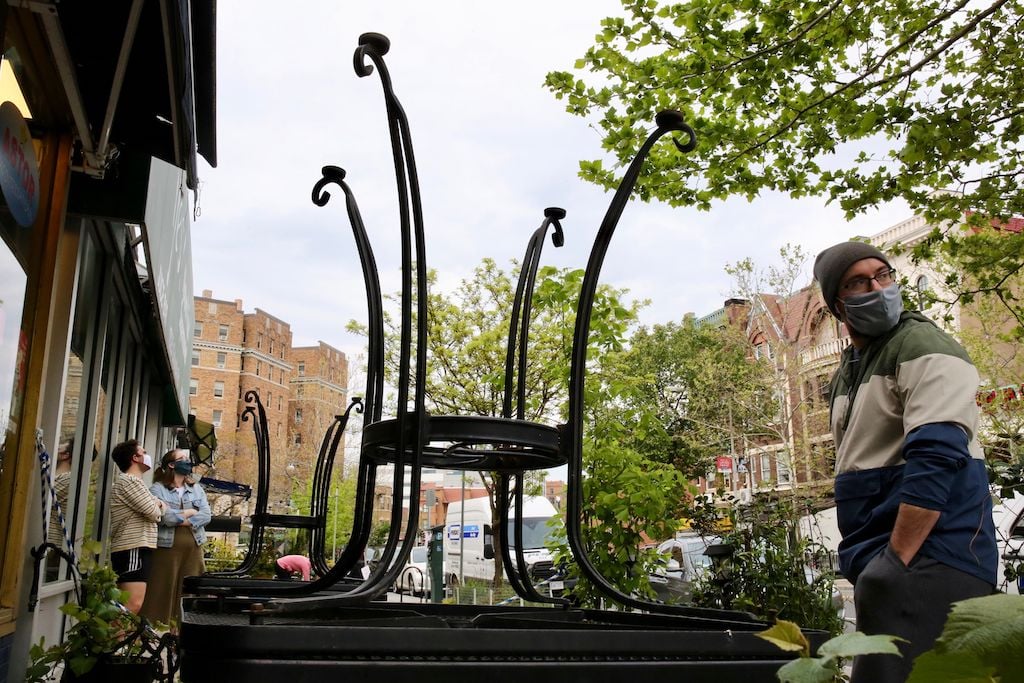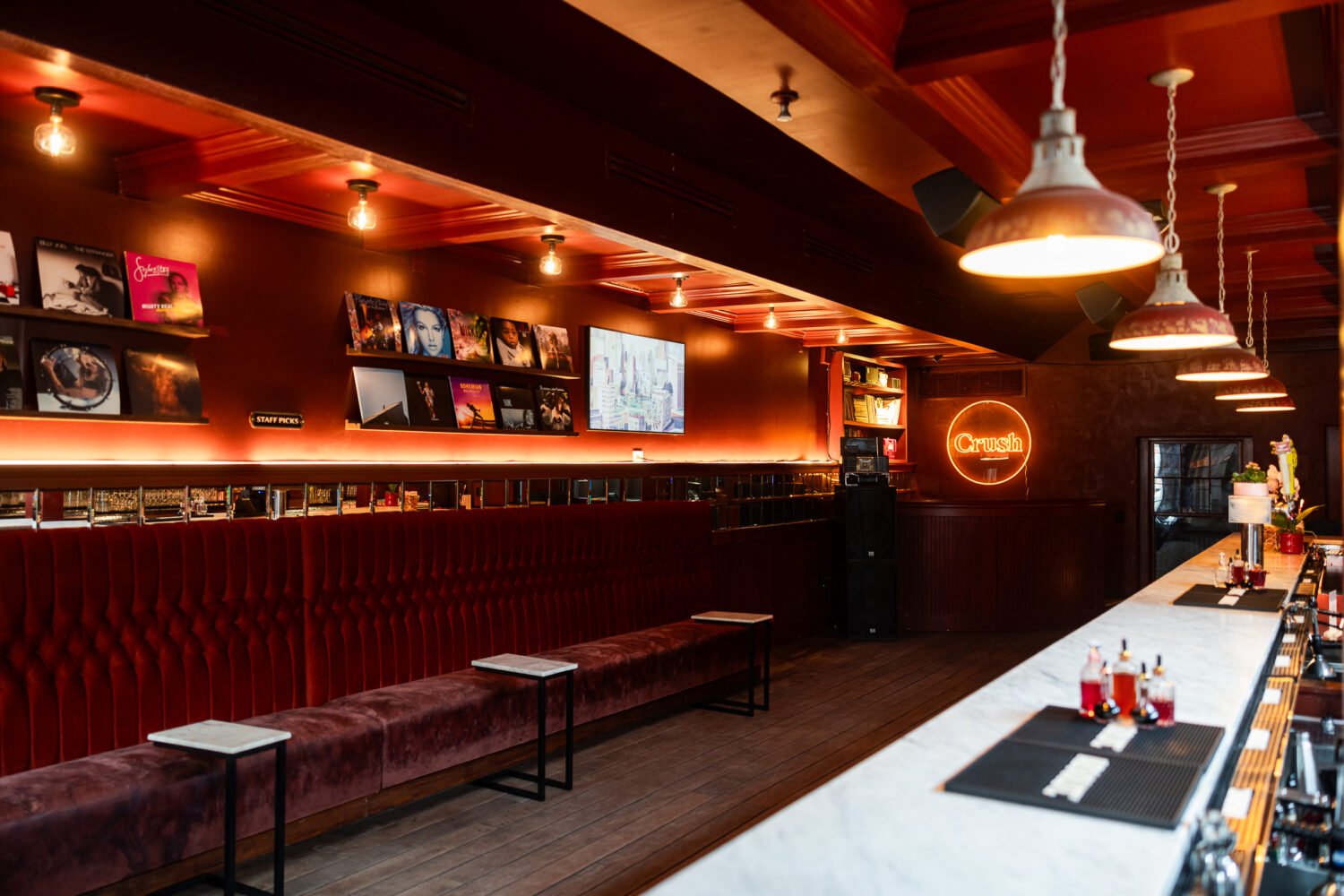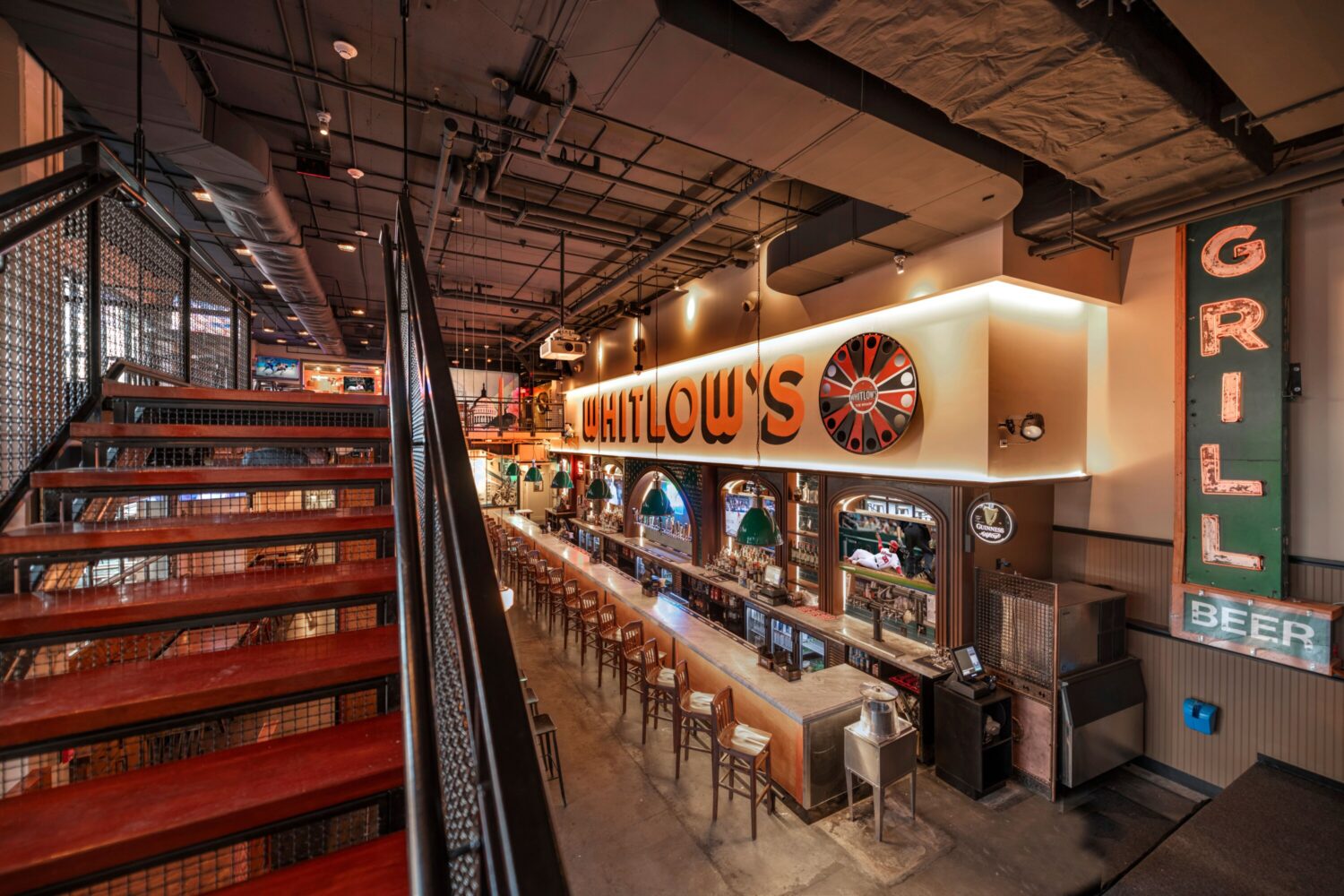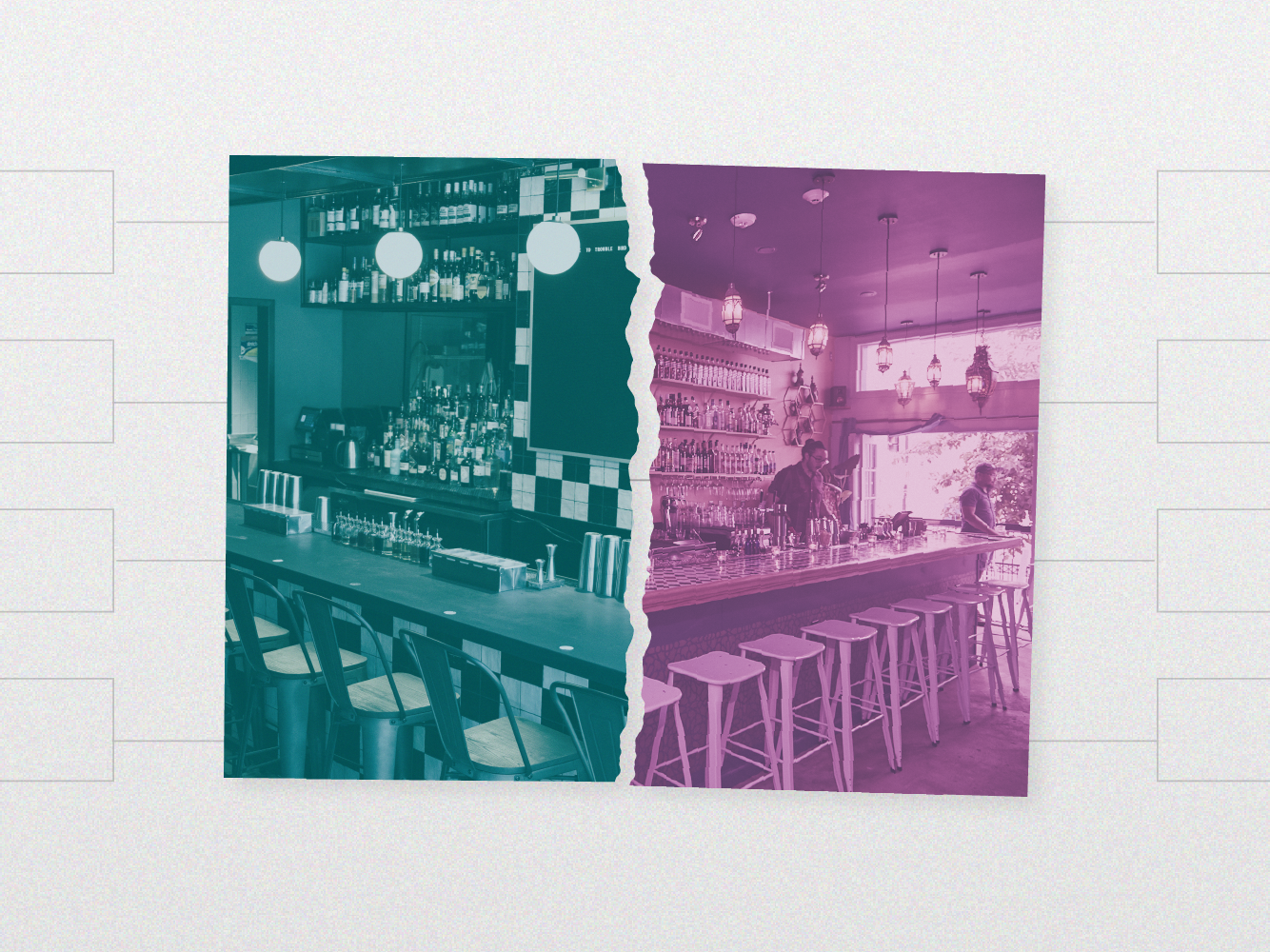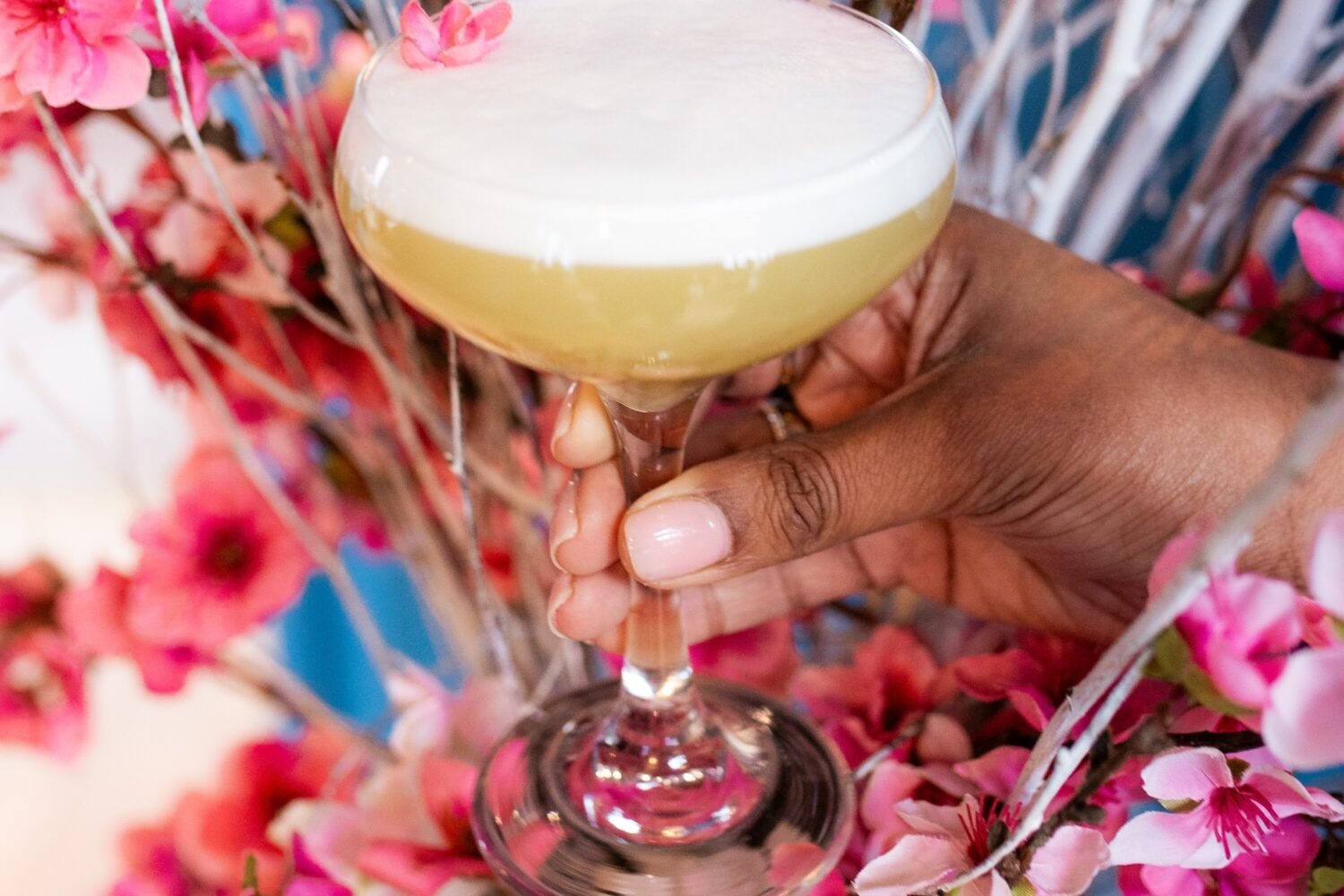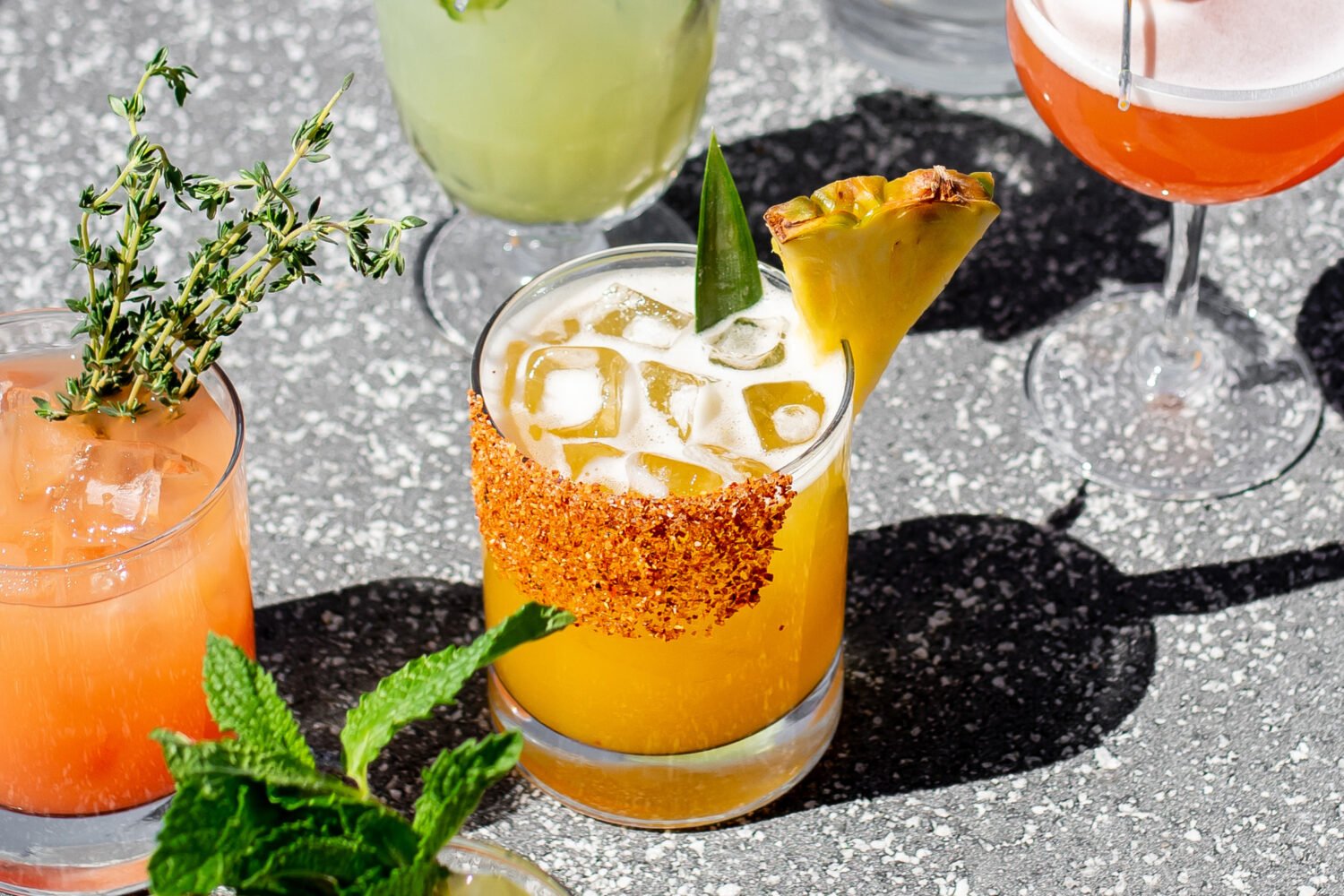Yesterday, Mayor Muriel Bowser unveiled recommendations from DC’s reopening task force about how businesses might proceed as the virus comes under control. In stage one, which could begin as early as May 29, restaurants could open with socially distanced outdoor seating. In stage two (when the virus is contained to localized transmission), restaurants could open up to half capacity with bar seating six-feet apart. And in stage three (when the spread of the virus has declined to sporadic transmission), bars and nightclubs can finally open with no more than half capacity.
Immediately, the industry was abuzz with a big question: what exactly is the difference between a bar and restaurant?
The distinction between the two has become impossibly blurry as so-called restaurants have made bars the centerpieces of their spaces and drinks a central part of their menus and so-called bars have started showcasing more substantial food offerings that are on par with the city’s top eateries.
For now, the mayor’s office isn’t offering up much clarity: “At this point, the city has not announced any details on any stages. It is premature to report on this. We will release details and guidance for business once the time comes,” says Susana Castillo, the mayor’s press secretary.
In DC, there are separate types of liquor licenses for “restaurants” and “taverns.” Restaurant licensees are required to meet certain annual gross food sale minimums. Taverns can serve food but have no minimums. Often times, though, the places you would clearly consider to be restaurants have tavern licenses.
“If they do it by license type, it’s going to be disastrous,” says Ian Hilton, an owner in a slew of “bars that serve food.” All of his businesses—Marvin, Brixton, El Rey, American Ice Company, and several more—have tavern licenses with the exception of Chez Billy Sud in Georgetown. He says tavern licenses have always been more valuable because of moratoriums (or the threats of them) in some neighborhoods. Often times, restaurateurs will go for a tavern license even before they’ve decided on a concept, he says. (If you’re curious about who has the designation, check out this color-coded map compiled by Cotton & Reed distillery owner Jordan Reed.)
For what it’s worth, restaurant and bar attorney Andrew Kline, who was on the ReOpen DC committee and represents the Restaurant Association Metropolitan Washington, says it was never the intention to make the distinction by liquor license type. “If it were, then the term ‘tavern’ would have been used,” he says. “We have a number of [RAMW] members who are unquestionably restaurants to the world, but have tavern licenses, so we certainly would not want to see an artificial distinction made.”
Kline says the task force relied on guidelines from health officials and epidemiologists, and their concerns are more based on activity than licensing. He explains there’s less worry about people dining out, because it’s an activity that’s typically arranged by people who know each other. But when people go to a bar, many times they’re hoping to run into people or interact with new people. “There’s concern that the latter situation more easily promotes spread than a situation where four to six people go out to dinner together,” Kline says.
Kline says the intention was for establishments with “substantial” food components to qualify as restaurants. “What that’s going to look like, we’ll have to see when the guidelines come out,” Kline says.
What counts as substantial? And is a place that offers more food actually better suited for social distancing than one that relies mostly on alcohol? Frustration among the hospitality industry has been fueled by the fact that no bar owners were members of the ReOpen DC committee for restaurants and food retailers.
Even though the specific rules and rollout aren’t finalized, Maxwell Park owner Brent Kroll was among the first to send out a press release tentatively announcing plans for a May 29 patio opening at his Shaw location. If his wine bar is allowed to open in stage one, he’d likely have no more than four tables of two people in his outdoor space. If the business is ultimately considered a bar and can’t open until stage three, Kroll might only be able host one party of two. The current recommendations for bars suggest no more than five people per 1,000 square feet. His entire bar is 1,000 square feet and will already have two or three staff on premise.
Ultimately though, both scenarios would have a negligible financial effect on the business, which will continue to operate primarily as a grab-and-go. But Kroll wants to take steps toward being prepared for the new normal. He also wants to make a point.
“If they for some reason allow restaurants but block me because I’m a bar that serves food, then maybe that would create awareness to how bars are being treated during this, which is not very well,” he says.

